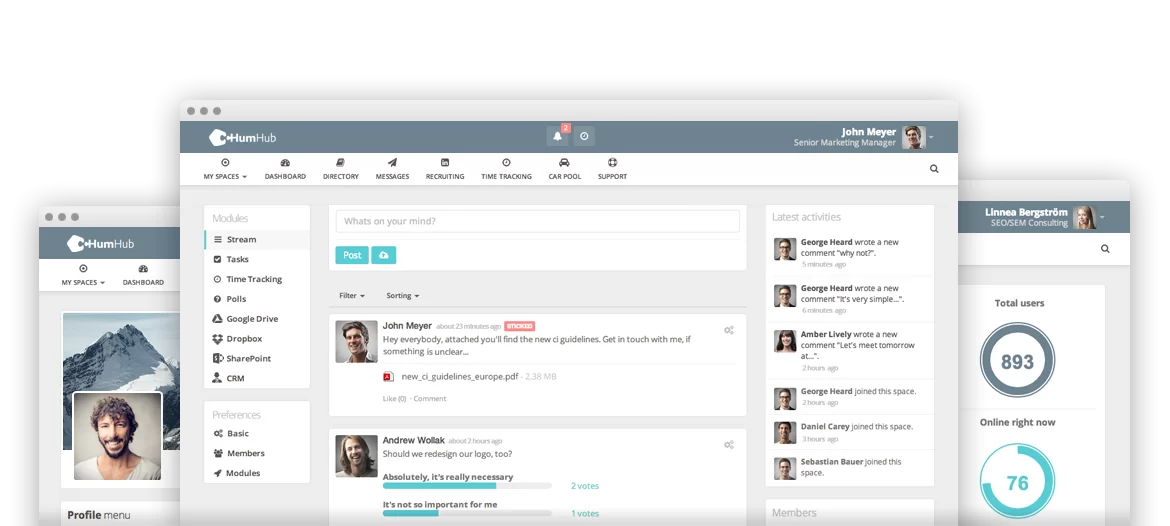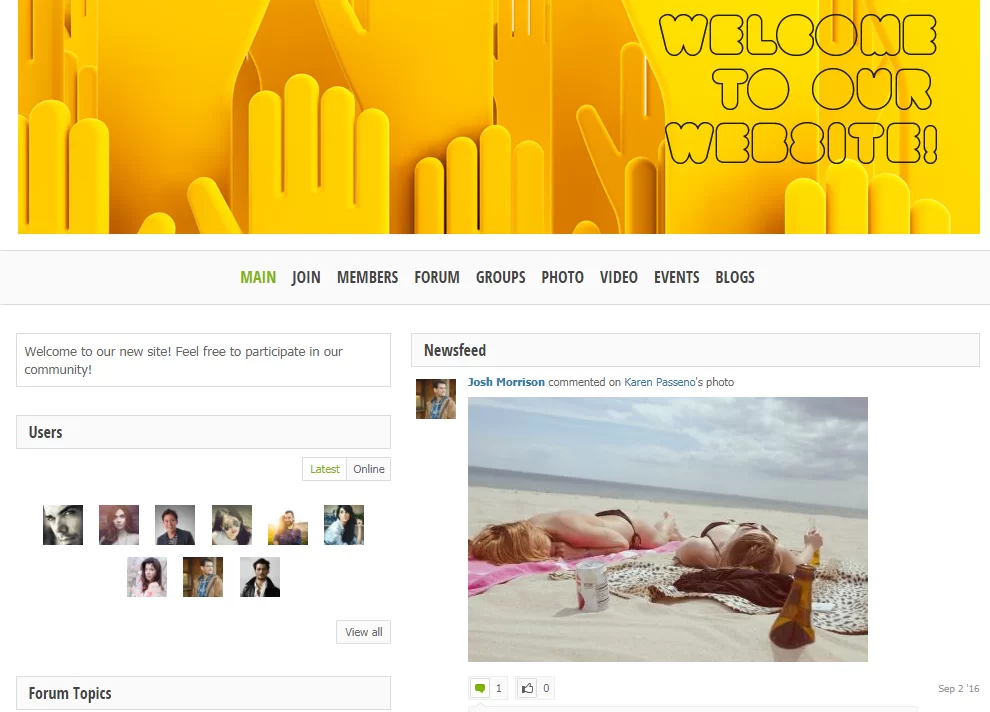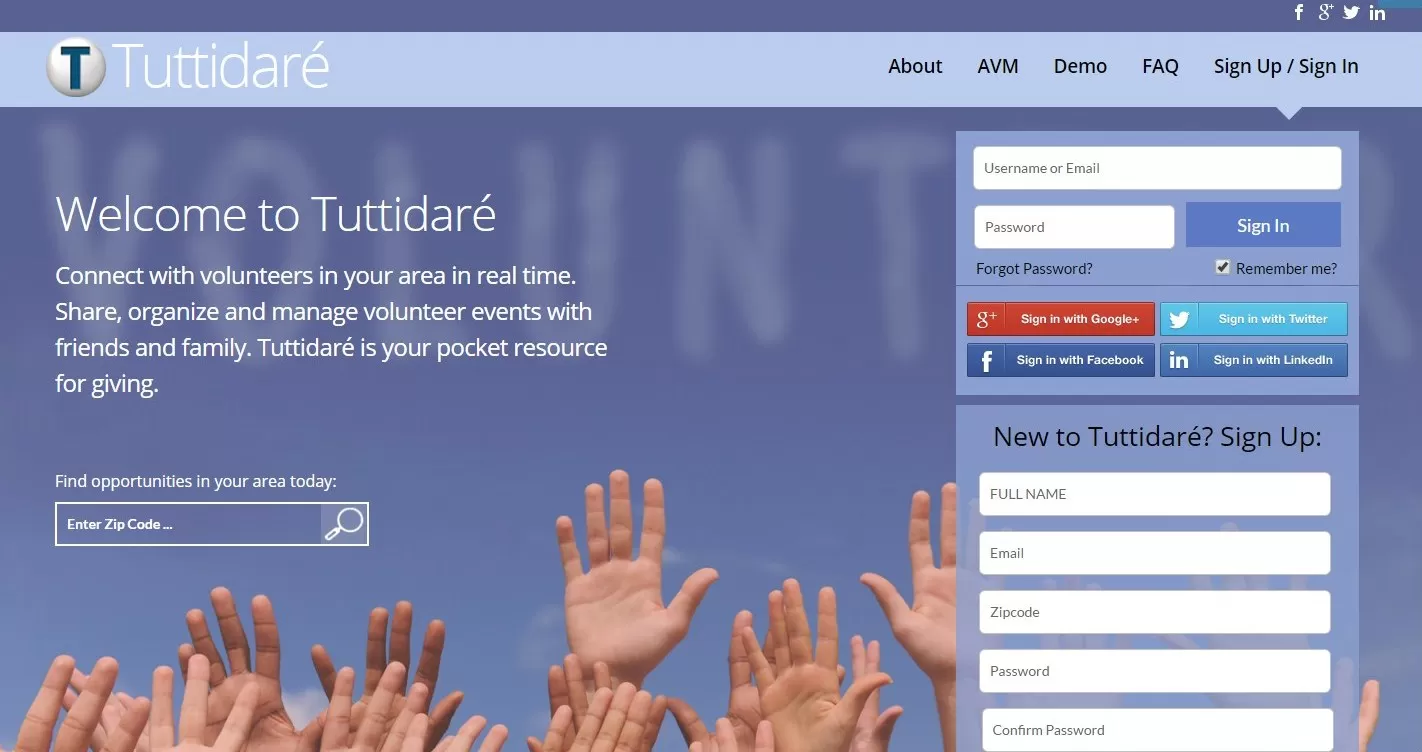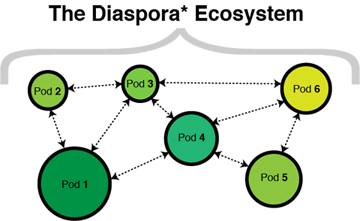Does it make sense to build a new social network? There were hundreds of attempts to create own social network like Facebook and Twitter but how many succeeded in winning interested users?
Despite this, there’s a chance that your idea will prove its value if there’s a need for what you are offering. Take a look at the social media for wine lovers or at the professional community of doctors. They do not hit billion of users, like Facebook do, however, they found the audience and matched their needs.
With that in mind, the answer to the first question is yes. Plan small and do the extensive research to gather demographics and psychological data that will help you to identify the existing need for a social network or to trigger a new one.
In this article, we won’t stop at the marketing research for your business idea; instead, we’ll elaborate on the structure and technical implementation of a social network.
Define the features and functions
The choice of the features and functions is strongly connected with your target audience and the goals they want to reach as well as the actions you want them to do. Define the patterns of user’s behavior, find touchpoints with your platform and offer a function for each of them:
- Write and respond to peers – messaging system
- Share ideas – news feed/communities
- Post photos and videos – media support
- Provide feedback – comments
- Get appraisal – likes or shares
- Trade favors – marketplace
- Compare their success with others – rating system
- Search or invite friends – social media integration
- Keep updated – notifications
- Get support – FAQ/Live chat
- Feel secure – privacy settings and strong authentication
The list may be continued eternally and depends on the specifics of the community; creating customer journey maps will help you to determine how a user may explore your website. You’ll be surprised how many features will emerge on the way of mapping your potential customers. However, defining the types of data, behaviors and flows is only the beginning. The next step is to decide, whether you’ll create a social network website on top of the existing platform or develop it from scratch.
Select a platform
The best way to create a social network free is using the open-source software and customizing it to your needs. Why is it worthy? It doesn’t require in-depth coding knowledge and allows for tailoring it with pre-set tools and plug-ins. The market offers a lot of platforms which makes it easier for customers to select something that fits exactly to their needs without hiring the development team to code from scratch.
While there a lot options on the market, we’ll check on just a few popular of them:
Humhub is the open source software written on the Yii PHP framework which can be customized with plug-ins, modules and integrated with third-party applications. The platform can be employed for private networks with a few users as well for professional use with the paid enterprise edition.
Price: a free plan is limited to 3 users and 500 MB of storage. For more users, larger storage and individual domain, be ready to pay from 9 to 99 euro per month. Additional modules may also cost you extra money, though most stuff on the marketplace is free.[/vc_column_text][/vc_column][/vc_row]

Oxwall is another popular PHP/MySQL social network software for a wide range of products of any scale. Extremely easy to scale with multiple plugins, robust integrations, XMPP compliant.
Price: the main functionality is free; however, you’ll be charged 10 to 20 dollars a month in case you need your own hosting and premium support.

Need some JavaScript solution? Here’s Cabin, built using React and Redux with powerful APIs, scalable through services like Stream, Algolia, Mapbox, Keen and Imgix. Not only the platform provides resources to build a social network but also a powerful 8 step tutorial on using each of the technologies and features.
Price: Free. Yet, the services for integration come at the additional cost while being scaled.

Developing from scratch
As you can see, the easiest way to create a social network website is to find the appropriate open-source platform, select modules and features and do custom development. However, there are some considerations that require building a network from the ground up:
- You need the features that don’t come out of the box.
- You need organization-specific workflows.
- You need full control over your product.
If at least one of these reasons is critical for you, then custom software development is the answer. For example, you decided on making php social network. What’s next?
- Make a responsive website using php, HTML, CSS and JavaScript.
- Mind security issues: HTTPS/SSL protocols allow for secure data sending and receiving.
- Create a database using something like MySQL or MongoDB to save all information on your users, map them and their relations.
- Be ready for high-load and scale. The platform should expand easily and follow your growth.
Here’s where the most interesting question arises: how many people could cope with it?
- Backend developer to code functionality
- Frontend developer
- UX/UI designer
- QA engineer
- Project manager to get everything together
Depending on the business needs, tools used, scale and maintenance of the project, the size of the team will vary and may include more developers, junior assistants, DevOps, and support staff.
Elinext success story
One of our social-network-building stories began when a startup business owner form the US come to us with the request to develop a social network with a purpose.
Our goal was to create a .NET-based platform for volunteer and donation opportunities where users can search for open positions based on location, interests, and/or what their friends are supporting. They can sign up for jobs, communicate with the organization, track their donations and create a volunteer resume.

The whole project took us about three months on coding the platform, with cooperation lasting for about 7seven years spent on scaling, maintenance and support.
How to spice up your social network?
To cope with the competition on the market, business owners should offer unique benefits to users, though it’s hard to surprise them nowadays. Considering innovative solutions might be the way, but what can we offer?
Smart feed
Smart newsfeed based on AI or machine learning: a user sets their interests (for example, football, health, horror movies) and a database query will match these interests with keywords from the news section to produce the news feed. The system detects who is interested in the specific keywords.
Image recognition
Machine-learned image recognition may serve at least two purposes:
- For finding necessary items and related pages/discussions by photo: for example, to scan the label of favorite wine and find out how it is rated in the network.
- For filtering out abusive or NSFW content using a convolutional neural network based algorithm.
Blockchain
Freshly-emerging private social networks are shifting toward decentralized networks with servers all over the world which communicate with each other seamlessly. The good example is Diaspora* – a social networking platform based on blockchain technology. Its advantages are better privacy, security and control over content.

Final takeaway
Even though the social media platform may take a couple of months or even weeks to be released, the main work begins when users come and set their rules so that you need to grow your database, add features and give them support. Don’t forget about marketing all the way through: engage with people, activate paid ads, mention it in blogs and email newsletters.
More questions about starting a new social network? Write them in our live chat and we’ll get back to you soon.
Here’re some examples of social networks developed by Elinext:









